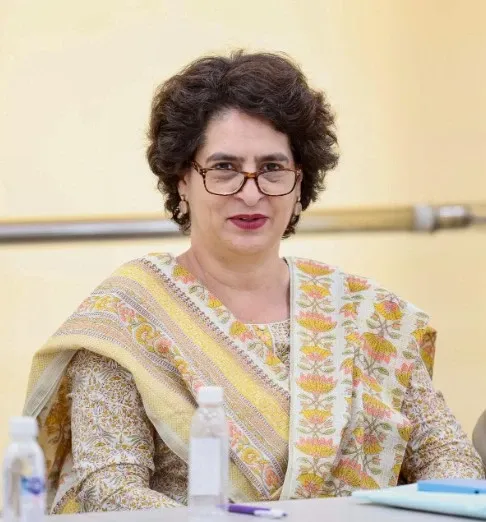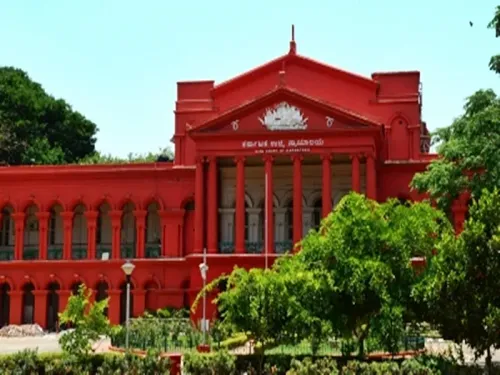Is the double-engine government in Bihar failing women?

Synopsis
Key Takeaways
- Bihar's sex ratio at birth is alarmingly low at 891 girls per 1,000 boys.
- Priyanka Gandhi criticizes the state government for negligence towards women's issues.
- There is a concerning trend of declining gender balance in Bihar.
- Political engagement among women in Bihar is on the rise.
- Systemic neglect of women's rights is a pressing national issue.
Patna, June 10 (NationPress) The recently published Vital Statistics Report 2022 from the Civil Registration System (CRS), released by the Office of the Registrar General of India, has disclosed a troubling sex ratio at birth of merely 891 girls per 1,000 boys in Bihar.
In response to these alarming findings, Congress MP Priyanka Gandhi issued a pointed critique of the Nitish Kumar administration through a strong message on social media platform X.
"What is leading to the continuous decline in the number of girls being born?" she questioned.
Piling on the criticism of the JD-U-BJP-led 'double engine' government, she asserted that this alliance poses a serious threat to women.
"On one hand, there is a persistent wave of violence against women, and on the other, Bihar showcases the worst sex ratio in the nation. This isn't mere coincidence—it's indicative of the government's negligence and the societal biases at play," she stated.
Priyanka Gandhi further emphasized that if daughters are not celebrated at birth, then the slogans surrounding women's empowerment become meaningless.
"This issue transcends mere gender disparity; it challenges our ability to foster a civilized and prosperous society," she remarked.
According to the CRS data from 2020, the sex ratio in Bihar was recorded at 964 girls per 1,000 boys. By 2021, this metric had declined to 908, and further plummeted to 891 in 2022.
This ongoing decline paints a bleak picture of deep-rooted gender biases, highlighting the enduring social stigma that devalues the birth of daughters, despite various state and central initiatives aimed at promoting the welfare of girls.
While Bihar experiences a significant downturn, the report indicates that states like Uttar Pradesh, Madhya Pradesh, Telangana, and Uttarakhand have generally observed increases in registered births.
In contrast, southern and northern states, including Tamil Nadu, Kerala, Himachal Pradesh, Punjab, and Delhi, have recorded slight declines in birth rates without such a pronounced gender imbalance.
Nationally, the total number of registered births rose from 242 lakh in 2021 to 254.4 lakh in 2022, while the number of deaths decreased from 102.2 lakh to 86.5 lakh.
Bihar is noteworthy not just for its numbers but for the stark decline in gender balance.
The timing of these revelations is politically charged, coming as the Bihar Assembly elections loom.
In the upcoming 2024 Lok Sabha elections, women constitute 47.6 percent of Bihar's 7.64 crore voters, with a turnout of 50.4 percent, reflecting a growing political consciousness.
Political factions are eager to win over women, but this data highlights a glaring contradiction between electoral appeals and systemic neglect.










